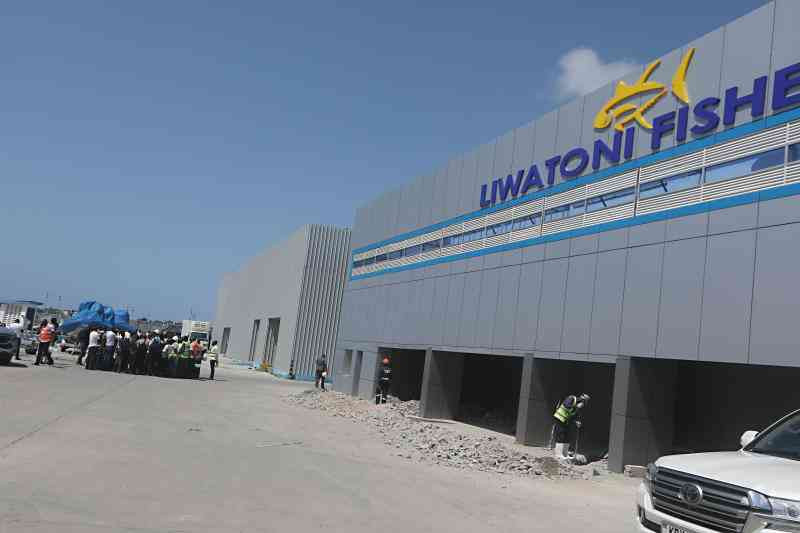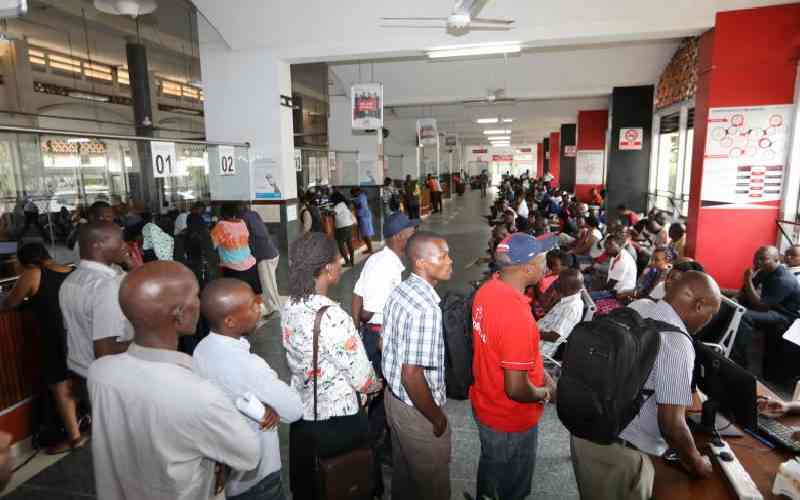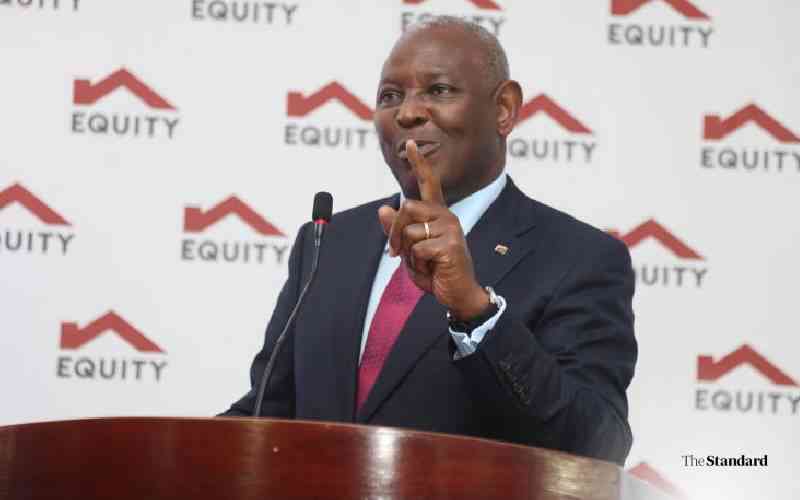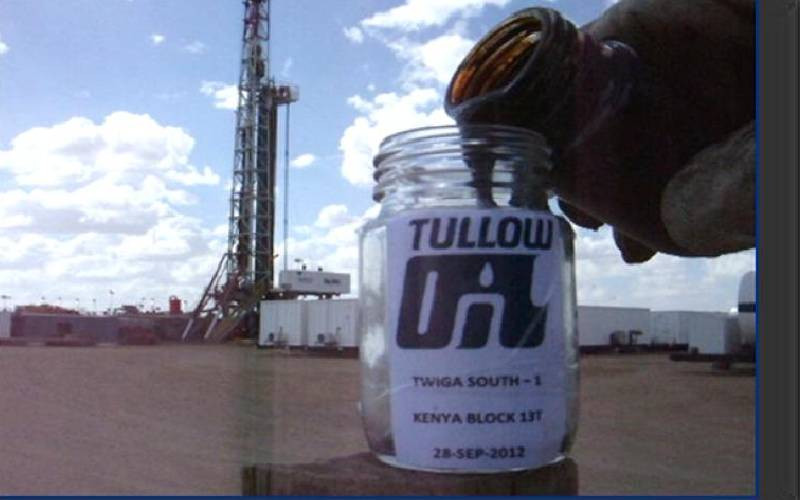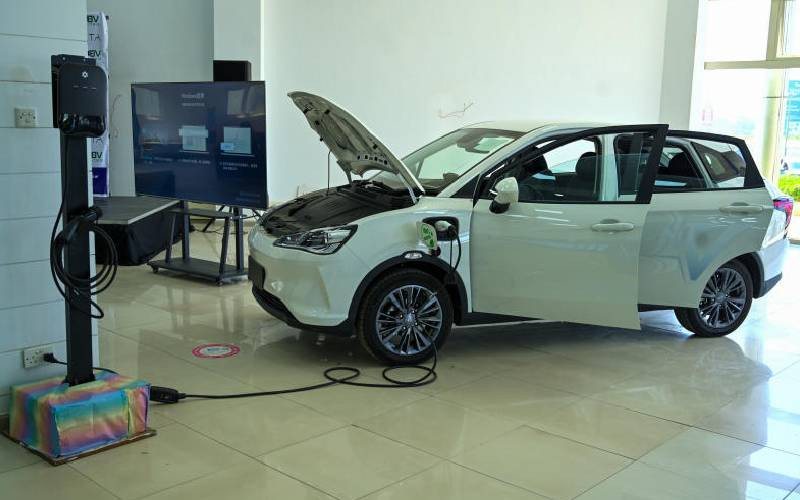×
The Standard e-Paper
Informed Minds Prefer The Standard
 |
| Ceorans Van Houten [PHOTO:PETER MUIRURI/STANDARD] |
Nairobi; Kenya: Last week, Philips announced it was splitting into two companies – one focused on health tech opportunities and the other on lighting solutions. Royal Philips Global’s Frans Van Houten talks to Business Beat’s Peter Muiruri about the emerging issues and innovations in health care.
